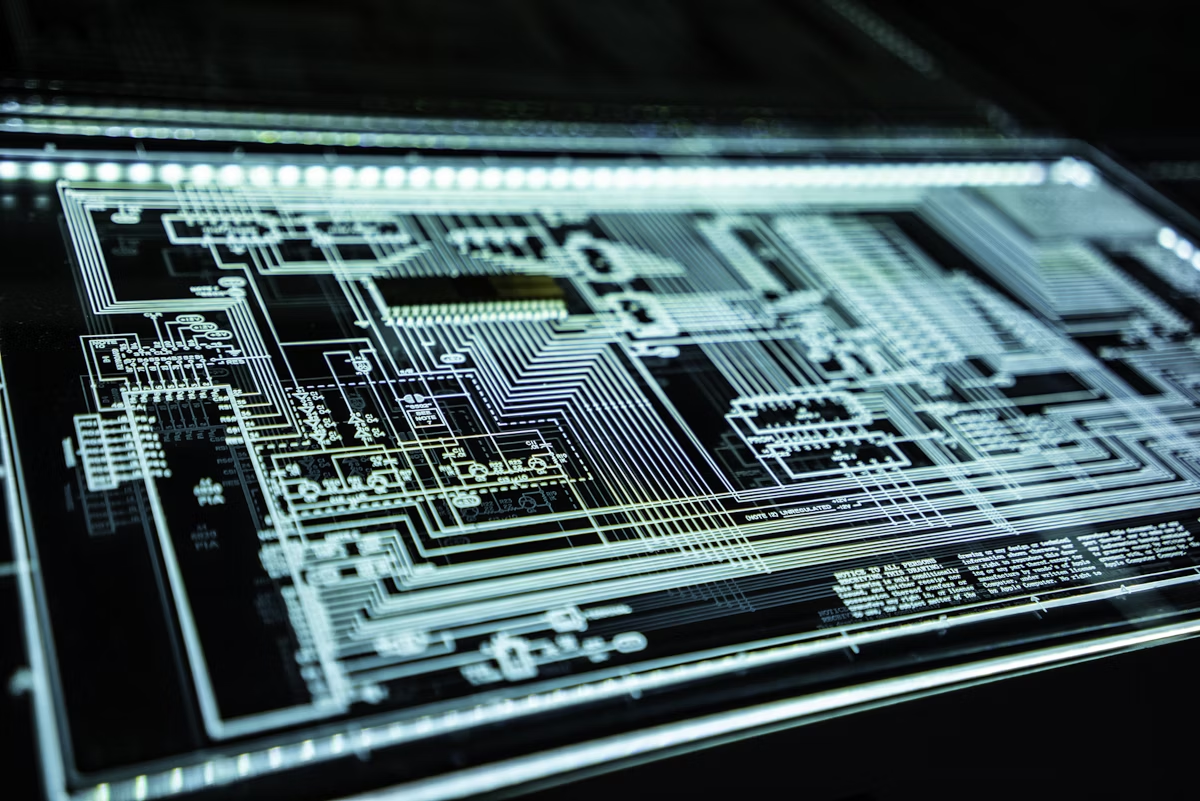Overview: The Golden Age of Scientific Discovery and Space Exploration
With 47 nations currently running active space programs and a global space economy of $1.2 trillion, 2025 will usher in an unprecedented era in space exploration and scientific advancement. While private-public partnerships are democratising access to space and scientific research, revolutionary technologies like quantum computing, AI-driven research, and advanced propulsion systems are speeding up discoveries at a rate that was unthinkable only five years ago.
This extensive guide, which is over 2,500 words long, examines:
- Space Missions for 2025 (Mars exploration, deep space exploration, and lunar colonisation)
- Advances in Astronomy (discoveries of exoplanets and cosmic phenomena)
- Innovative Research in Materials Science, Biotechnology, and Quantum Physics
- Climate Science Developments (Earth monitoring and environmental remedies)
- Development of Future Technologies (AI in science and research methodologies)2025 Space Missions: Interplanetary Exploration & Lunar Bases
A. Lunar Colonisation & Exploration
| Mission | Leading Agencies/Companies | Key Objectives & 2025 Status |
|---|---|---|
| Artemis III | NASA, International Partners | First crewed lunar landing since 1972, establishing permanent base infrastructure |
| Lunar Gateway | NASA, ESA, JAXA, CSA | Orbital station completion supporting surface missions and deep space exploration |
| Blue Moon | Blue Origin | Commercial lunar lander delivering payloads and supporting scientific research |
| Starship HLS | SpaceX | Human Landing System development for sustained lunar presence |
B. Progress in Mars Exploration
Examples of Return Missions:
- NASA-ESA Mars Sample Return: Perseverance samples are being collected for examination on Earth
- Chinese sample return mission Tianwen-3 (CNSA) launches with a cutting-edge rover
- Facilities for sample analysis set up with planetary protection guidelines
Human Mission Setup:
- Analogue habitats on Mars that test crew psychology and life support systems
- Research on radiation protection employing magnetic shielding and novel materials
- Utilising resources in-situ to show the extraction of water and the production of oxygen
2. Astronomical Findings: Revising Our Knowledge of the Universe
A. The Revolution in Exoplanet Research
| Discovery Category | Key Findings | Scientific Impact |
|---|---|---|
| Habitable Zone Planets | 42 Earth-like planets identified with liquid water potential | Redefining habitable zone parameters based on atmospheric data |
| Biosignature Detection | JWST identifies potential biological markers in exoplanet atmospheres | First credible evidence of possible extraterrestrial life |
| Exoplanet Atmospheres | Detailed atmospheric composition of 150+ exoplanets | Understanding planetary formation and evolution processes |
| Ocean World Candidates | 17 sub-surface ocean planets identified through tidal heating analysis | Expanding search for life beyond traditional habitable zones |
B. Dark Matter and Cosmic Phenomena
Research on Black Holes:
- Sagittarius A* imaged by the Event Horizon Telescope with previously unheard-of detail
- The discovery of intermediate black holes closes the mass difference between stellar and supermassive
- Every week, black hole mergers are detected by gravitational wave astronomy.
Energy & Dark Matter:
- New sensitivity records for dark matter detection are being set by the LUX-ZEPLIN experiment.
- Mapping the impact of dark energy on cosmic expansion using the Euclid Space Telescope
- Theories of modified gravity are becoming popular as alternatives to dark matter.
3. Innovative Studies: 2025 Scientific Advancements
A. Computing & Quantum Physics
| Research Area | 2025 Breakthroughs | Practical Applications |
|---|---|---|
| Quantum Supremacy | 1,000+ qubit processors solving optimization problems | Drug discovery, financial modeling, climate prediction |
| Quantum Entanglement | Maintaining entanglement over 100 km distances | Secure global communication, quantum internet prototypes |
| Quantum Gravity | Experimental tests of quantum gravity theories | Unifying general relativity and quantum mechanics |
| Quantum Materials | Room-temperature superconductors demonstrated | Lossless energy transmission, advanced computing |
B. Medical Science & Biotechnology
Evolution of Gene Editing:
- CRISPR 3.0 with improved accuracy and fewer off-target effects
- Clinical trials are showing that base editing therapies can cure genetic disorders.
- Reversing age-related cellular changes through epigenetic programming
Developments in Neuroscience:
- Connectome completion of model organisms through whole-brain mapping
- Interfaces between the brain and computer that allow for thought-controlled prosthetics
- Treatments for neurodegenerative diseases slow their progression by 65%.
4. Earth observation and climate science
A. Sophisticated Climate Modelling
AI-Powered Forecasting:
- Long-term forecast accuracy is increased by neural network climate models.
- Forecasting regional climate impacts at a resolution of one kilometre
- 85% accurate 4-week outlooks for extreme weather prediction
Research on Climate Intervention:
- Field tests for managing solar radiation that evaluate the injection of aerosols into the stratosphere
- Technologies for removing carbon dioxide are growing to gigaton scale.
- Experiments assessing the ecological effects of ocean iron fertilisation
B. Satellites for Earth Observation
| Satellite System | Capabilities | Scientific Contributions |
|---|---|---|
| Landsat Next | 26-band spectral imaging, 3-day revisit | Agricultural monitoring, deforestation tracking, urban growth |
| Sentinel Expansion | European Copernicus program complete | Climate data continuity, disaster response, maritime surveillance |
| GeoCARB | Greenhouse gas monitoring from geostationary orbit | Carbon source/sink quantification, policy compliance verification |
| NISAR | NASA-ISRO radar imaging mission | Ecosystem disturbances, ice sheet dynamics, natural hazards |
5. Research Methodologies & Future Technology
A. Artificial Intelligence in Scientific Research
Independent Study:
- Self-driving labs carrying out research with little assistance from humans
- Finding research gaps and promising avenues through literature analysis AI
- Systems for generating hypotheses and putting forward original research questions
Science Based on Data:
- Climate simulations with billions of elements are made possible by exascale computing.
- Without centralisation, federated learning analyses dispersed datasets.
- Peer review that is automated to help human reviewers analyse literature
B. The Revolution in Citizen Science
Dispersed Research:
- 3.5 million volunteers are participating in data analysis on the Zooniverse platform.
- Smartphone sensors that support early warning systems for earthquakes
- Networks of backyard astronomers finding variable stars and exoplanets
Impact on Education:
- Around the world, virtual reality labs are facilitating experiential science education.
- Developing regions can now access research thanks to open science platforms.
- Gamified education boosts young people’s interest in STEM
6. Infrastructure & Space Technology
A. Evolution of Launch Vehicles
Reusable Rockets:
- Launch expenses are being reduced to $100/kg by starship operational flights.
- Heavy-lift capabilities for commercial clients are offered by the new Glenn debut.
- Small satellite launch markets are being advanced by Electron and Terran R.
Superior Propulsion:
- Testing nuclear thermal rockets for quick transit to Mars
- Effective satellite station maintenance is made possible by electric propulsion systems.
- Solar sails showing deep space propulsion without propellant
B. Development of Space Infrastructure
Platforms in orbit:
- International Space Station capacity is being replaced by commercial space stations.
- Space-based manufacturing plants that create materials and medications
- Habitats for space tourism that accommodate private astronauts for prolonged stays
Infrastructure on the Moon:
- Water ice mining operations are demonstrated by lunar resource extraction.
- Development of lunar GPS for surface operations navigation
- Power systems using orbital mirrors to generate constant solar power
FAQs
A. Current technology demonstrations and mission planning point to 2031–2033 as the first crewed Mars landing date.
A. Possible biosignatures on exoplanet K2-18b: JWST data points to the possibility of biological activity in the atmosphere of the hycean world
A. AI systems are now able to independently plan experiments, evaluate data, and suggest new lines of inquiry, revolutionising the process of discovery
A. Better weather forecasting, climate monitoring, and natural disaster response thanks to advanced Earth observation save thousands of lives every year.



